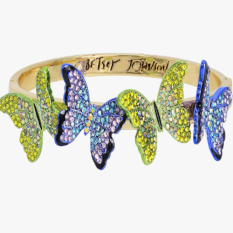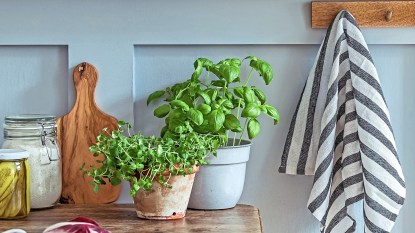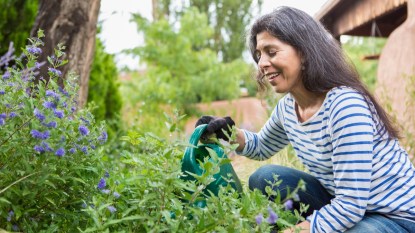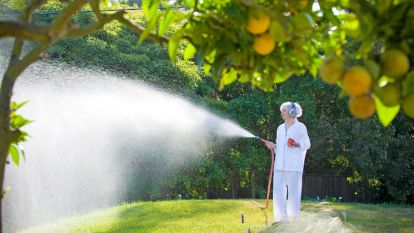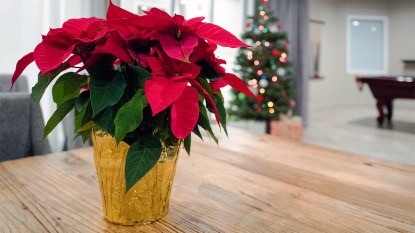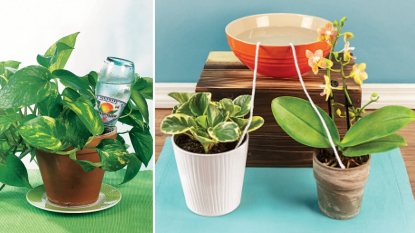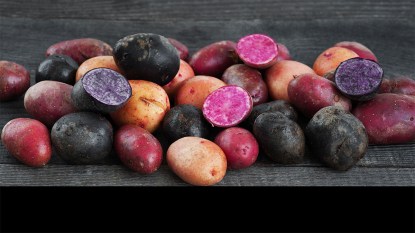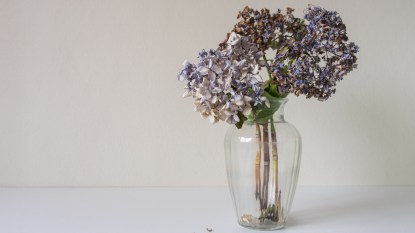Experts Share Why Cleaning Your Plants Might Be the Key to Getting Them to Grow
Plus, the 3 household items that help you do it with ease
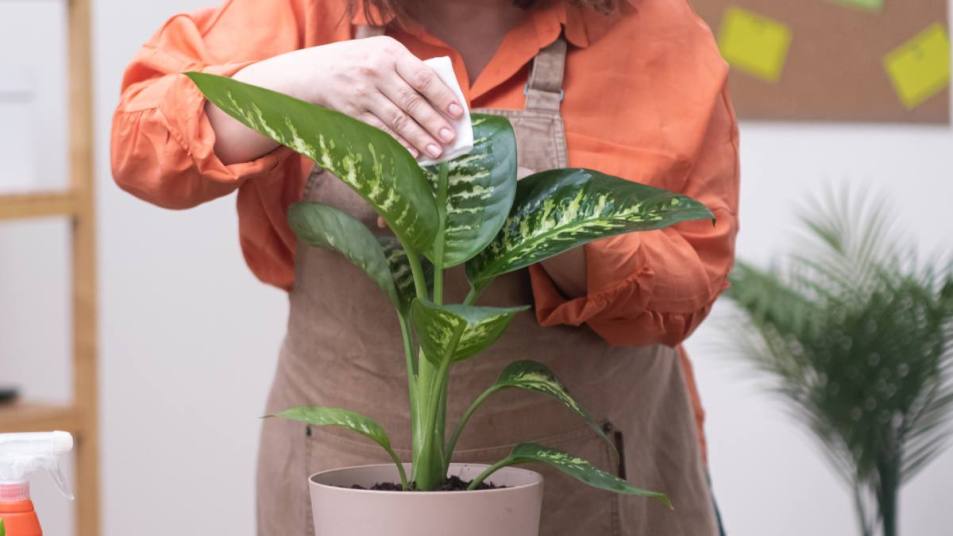
Teachers don’t mention this in elementary school, but plants need more than just water and sunlight to survive — if they live indoors, they also need some TLC. “Outdoor plants usually have Mother Nature’s cleaning process — rain and mist — but indoor plants need human care,” explains Madeline Hooper, host of the PBS show GardenFit. Luckily, the process is simple. Here’s exactly how to clean plant leaves so your plants thrive.
Why clean plant leaves
“Think of leaves as the lungs of your plant,” says plant doctor and horticultural lead, Kelly Dyer at Patch Plants. “There are tiny stomata on the underside of the leaves, through which the exchange of oxygen and carbon dioxide, as well as the absorption and release of moisture, takes place.” If your plants’ leaves are clogged with dust, they won’t be able to effectively participate in photosynthesis and grow. For maximum health, Hooper recommends cleaning both the top and underside of the leaves, plus the stalks and stems.
Related: Plant Pros Share Their Top Tips for Reversing Root Rot — Plus, the #1 Way to Prevent It!
How to clean plant leaves
Though Dyer says there’s no rule around how often you need to clean plant leaves, Hooper likes to do it once a week when she waters them. Depending on how much dust collects in your home though, you might not even have to do it that often. Here’s how and what you should use to clean your plant leaves:
A feather duster
Just like you’d use a feather duster to dust your furniture, you can also use it on plant leaves (their tops and undersides). “It’s almost fun to dance around my plants, carefully dusting all their surfaces,” Hooper says. Not only is this method easy, but it allows for a gentle touch so you don’t break any fragile leaves or stems. Tip: If your plant is especially petite, a soft makeup brush will do the trick.
A damp cloth
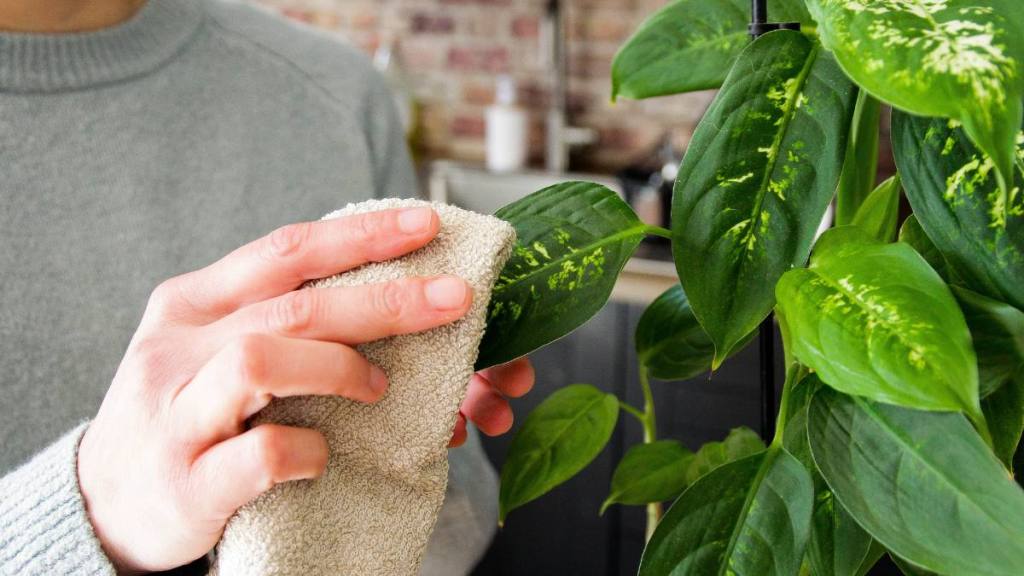
Dyer considers this the simplest and safest way to wipe down the tops and undersides of the leaves. For the best results, you should carefully hold the leaf with one hand and wipe from the stem to the leaf tip, using a wrung out damp cloth for larger leaves or a wet small brush for tiny ones. Make sure you’re gentle and don’t scrub, or you run the risk of damaging the plant.
The key, Hooper emphasizes, is the temperature: “The water must be lukewarm — not too hot or too cold. Extreme temperatures will shock your plants and can even stunt plant growth.” Hooper switches to this method if she’s had the windows open and pollen or other matter is collecting, because of course, a duster’s strength is in cleaning dust. Water can (usually) handle the rest.
Related: Why Is My House So Dusty? Cleaning Pros Share The Answers + Tricks To Eliminate It
If your plant needs a little more help getting cleaned up, especially if you’re dealing with pests, you can employ an all-natural liquid soap like Dr. Bronner’s castile soap. It’s best for small, soft-bodied ones because the soap washes off their protective coating, leading to them drying out. The process is the exact same as above, except you squirt a little bit of soap into the water and rinse the leaves off after.
A shower
Yes, you can really give your plant a shower — think about it like rainfall. Just like with the damp cloth, you want to use lukewarm water, and remember to turn the shower on slowly so you don’t knock any soil out of its pot. For the best results, you should gently massage the leaves to make sure the water reaches the entire plant. When you’re done, make sure the pot drains the water completely so it doesn’t drown in its own soil.
Related: Plant Pros: 7 Genius Ways to Water Plants While You’re Away + One Hack Never To Try
How to ensure your plant leaves shine
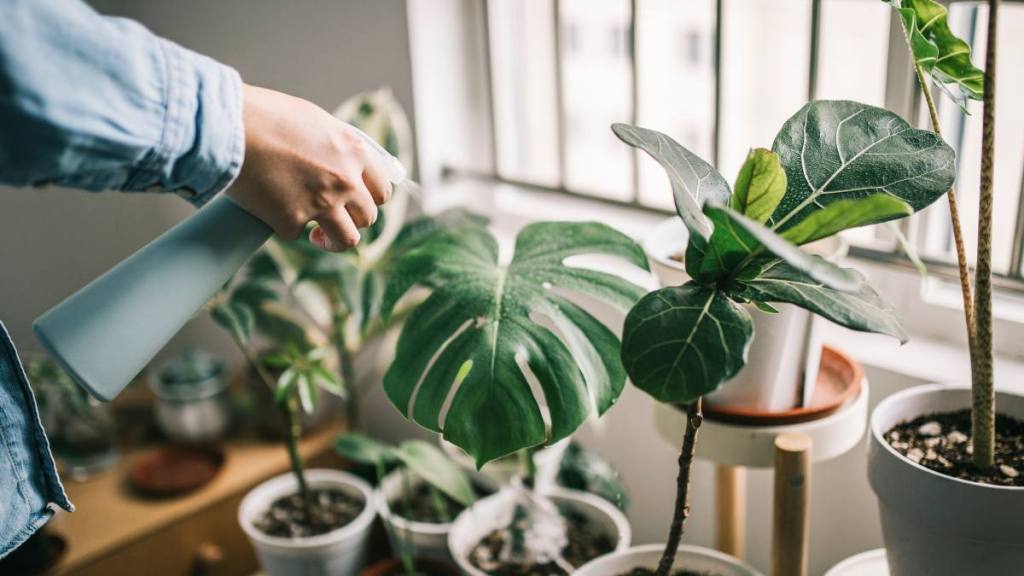
After learning how to clean plant leaves, it helps to know how to make them shine.
First of all, Dyer notes that “some plants have more naturally shiny leaves than others.” Just like every person has their own unique features based on their makeup, so do plants. They’re also similar in that “just like the health of human hair or skin is determined by the health of our bodies, so it is with plants. To keep your plants looking healthy and happy, the most important thing to do is give them the right food and environmental conditions.”
That said, giving the leaves a good shine isn’t going to hurt the plant — as long as you don’t use the wrong treatment. It’s critical to know that you should stay away from the actual leaf shine products on the market: “The oils within these products can have an adverse effect, clogging the stomata and creating a sticky surface that will only attract more dust,” Dyer explains. “The same applies to food substances that are recommended by so many plant hacks, like mayonnaise or beer.” In the end, plain old tap water in a spray bottle is your friend.
If you do want to do a little bit extra, Hooper recommends a solution of lemon and water, which takes advantage of the lemon’s acidity to remove any buildup or water spots. “It’s a simple mixture of equal parts lemon juice and water. Put it in a spray bottle, mist the surfaces, and then use a soft cloth to dry them off,” says Hooper. A vinegar solution, which is also acidic and even acts as a pest deterrent, will get the job done as well.
For more plant-health tips, click through the links below!
4 Easy Ways to Prep Your Yard for Spring — And They Save You Money Too!
The Best Time to Water Grass + The Simple Signs It Needs More
No Need to Toss Your Rusty Garden Tools: Here’s How to Clean Them According to Garden Experts

